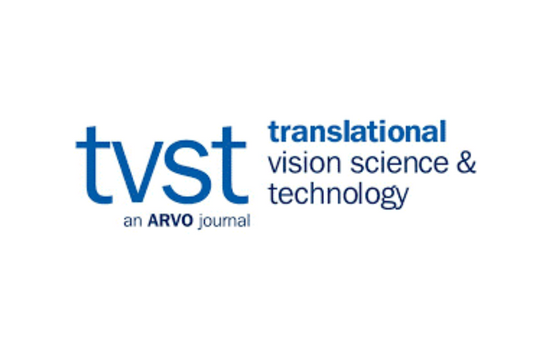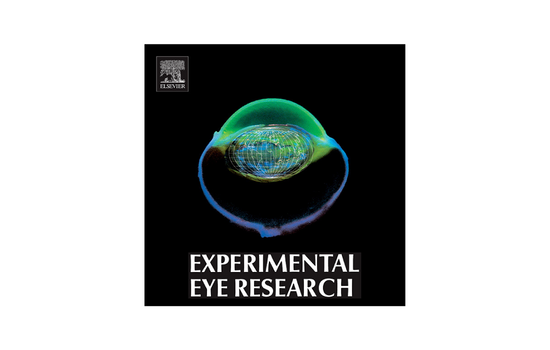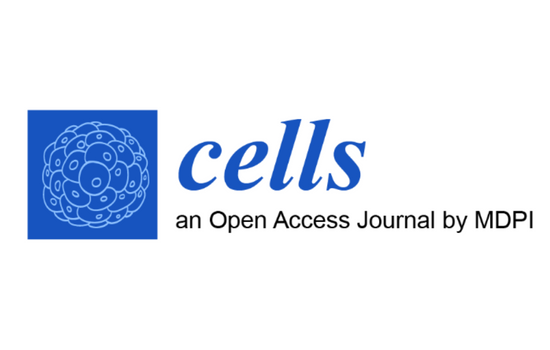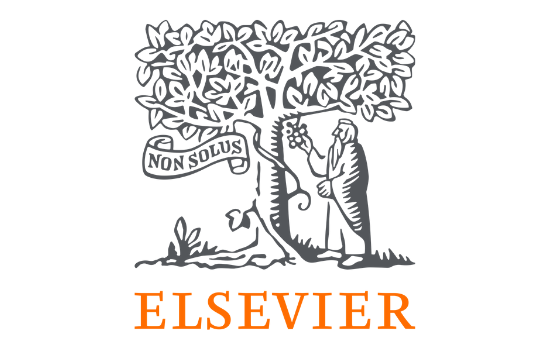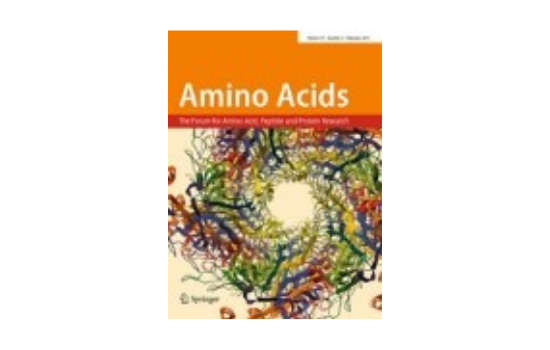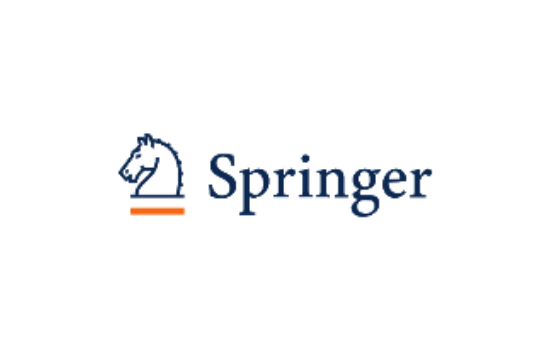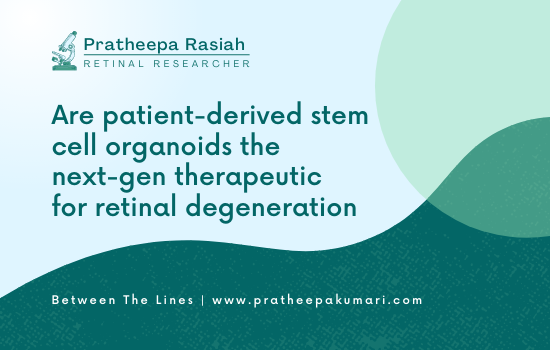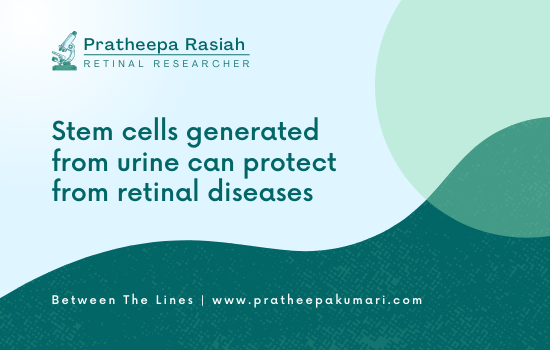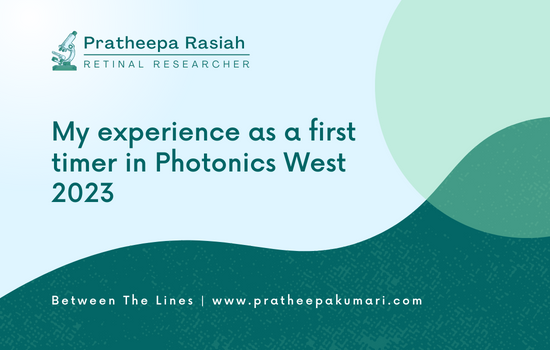Rasiah PK, Jha KA, Gentry J, Del Mar NA, Townsend T, Torgbe KE, Reiner A, Gangaraju R. A Long-Term Safety and Efficacy Report on Intravitreal Delivery of Adipose Stem Cells and Secretome on Visual Deficits After Traumatic Brain Injury. Transl Vis Sci Technol. 2022 Oct 3;11(10):1.

About Me
Neurotrauma Researcher || Retinal Degeneration || Optical Stimulation of Nervous SystemI am Pratheepa Rasiah, Research Assistant Professor in the Department of Biomedical Engineering, Vanderbilt Biophotonics Center, Vanderbilt University Currently working with Dr. Anita Mahadevan-Jansen, Department of Biomedical Engineering at Vanderbilt University. The goal of my research is to recognize and characterize several in vivo traumatic brain injury models.
My objective lies in utilizing real-life traumatic events and scenarios to construct preclinical trauma models with the intention of evaluating potential pharmaceuticals and therapies, as well as devising enhanced protective gear and armor. By comprehensively delineating the spectrum of trauma effects, we aim to facilitate the development of more efficacious treatments and protective equipment. I engage in collaboration with Dr. Tonia Rex, a distinguished Professor of Ophthalmology and Visual Sciences, on these vital trauma projects.
My scientific career has been characterized by an unwavering commitment to understanding the intricate complexities of neurotrauma and employing this knowledge to contribute to translational research
To satisfy my need to discover new things, I made the decision to become a researcher. I am more intrigued with each new piece of information, and the quest never ends. Any academic success I've had has largely been a result of my outstanding mentors and peers. I am a fervent advocate for diversity, inclusivity, and women in STEM. I have a deep commitment to science, mentorship, competitiveness, leadership, innovation and diversity.
When I’m not hustling at work, you can catch me engaging in two equally thrilling pursuits: charmingly diving into the depths of a book’s world and nurturing my leafy green friends like a horticultural superhero! Saving the day, one chapter or plant at a time!

